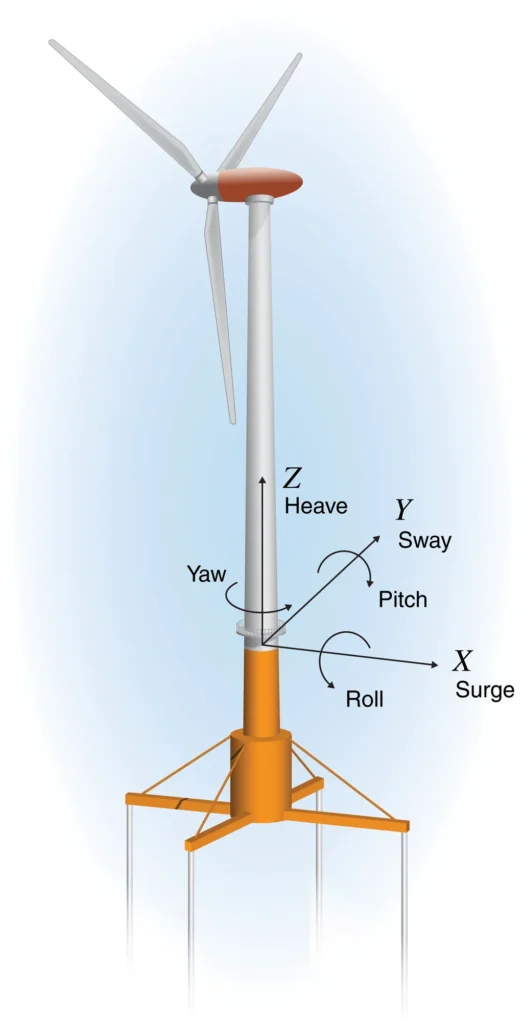In the vast, windswept expanses of the ocean, offshore wind farms are becoming increasingly vital to the global energy mix. However, transmitting the power generated by these farms back to shore presents unique challenges, particularly when it comes to protecting the low-frequency cable feeder lines that carry the energy. A recent study published in the International Journal of Electrical Power & Energy Systems, offers a novel solution to this problem, potentially revolutionizing the way we safeguard these critical infrastructure components.
At the heart of this innovation is Shuping Gao, a researcher from the School of Electrical and Control Engineering at Xi’an University of Science and Technology. Gao and his team have developed a pilot protection method based on Kullback-Leibler (K-L) divergence, a statistical measure used to compare two probability distributions. This method, they argue, could significantly enhance the reliability and sensitivity of protection systems for offshore wind power low-frequency cable feeder lines.
The challenge lies in the unique fault characteristics of low-frequency transmission systems, which are influenced by the double-side converter control strategy. “Traditional differential protection methods struggle to meet the reliability requirements in these systems,” Gao explains. “The fault currents on either side of the transmission line can be quite different, making it difficult to accurately identify and respond to faults.”
To address this, Gao’s method involves extracting fault currents from both ends of the cable line, calculating their probability distributions, and then determining the K-L divergence value. This value, Gao notes, “provides a clear indication of whether a fault is internal or external to the system.” By setting specific protection criteria based on the K-L divergence value, the method can quickly and reliably identify all types of faults, even in the presence of transition resistance and noise interference.
The implications for the energy sector are substantial. Offshore wind power is a growing component of the renewable energy landscape, and ensuring the reliable transmission of this power is crucial for its continued growth. Gao’s method, with its ability to withstand high transition resistance and strong resistance to noise interference, could significantly enhance the reliability and efficiency of offshore wind power transmission systems.
Moreover, the method’s sensitivity and reliability could lead to reduced downtime and maintenance costs, making offshore wind power a more attractive and viable option for energy providers. “This method has the potential to change the way we approach protection in low-frequency transmission systems,” Gao says. “It’s not just about improving reliability; it’s about making offshore wind power a more sustainable and economically viable option.”
The study, published in the International Journal of Electrical Power & Energy Systems, provides a detailed account of the method’s development and testing. Using a simulation model built in PSCAD/EMTDC, the team generated fault data that was then processed using MATLAB. The results, according to Gao, “demonstrate the method’s good sensitivity and reliability, even in the presence of high transition resistance and noise interference.”
As the energy sector continues to evolve, the need for innovative solutions to complex problems will only grow. Gao’s work on K-L divergence-based pilot protection is a testament to the power of interdisciplinary research and the potential it holds for shaping the future of the energy sector. By enhancing the reliability and efficiency of offshore wind power transmission, this method could play a significant role in the transition to a more sustainable and renewable energy future.

